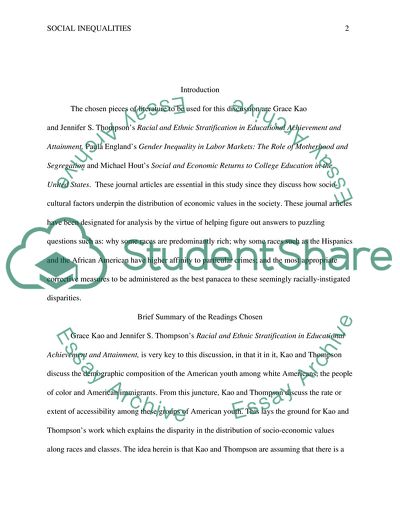Cite this document
(Social Inequalities Literature review Example | Topics and Well Written Essays - 1500 words - 3, n.d.)
Social Inequalities Literature review Example | Topics and Well Written Essays - 1500 words - 3. https://studentshare.org/sociology/1785343-social-inequalities
Social Inequalities Literature review Example | Topics and Well Written Essays - 1500 words - 3. https://studentshare.org/sociology/1785343-social-inequalities
(Social Inequalities Literature Review Example | Topics and Well Written Essays - 1500 Words - 3)
Social Inequalities Literature Review Example | Topics and Well Written Essays - 1500 Words - 3. https://studentshare.org/sociology/1785343-social-inequalities.
Social Inequalities Literature Review Example | Topics and Well Written Essays - 1500 Words - 3. https://studentshare.org/sociology/1785343-social-inequalities.
“Social Inequalities Literature Review Example | Topics and Well Written Essays - 1500 Words - 3”. https://studentshare.org/sociology/1785343-social-inequalities.


